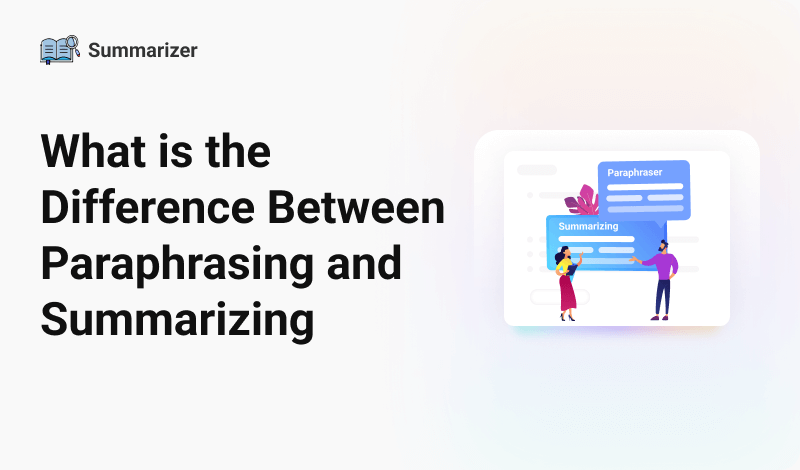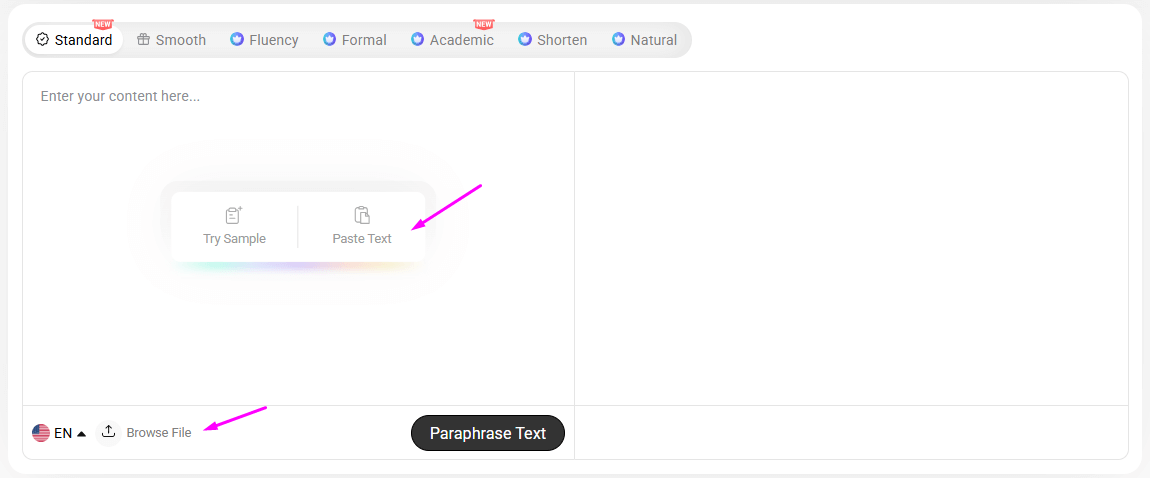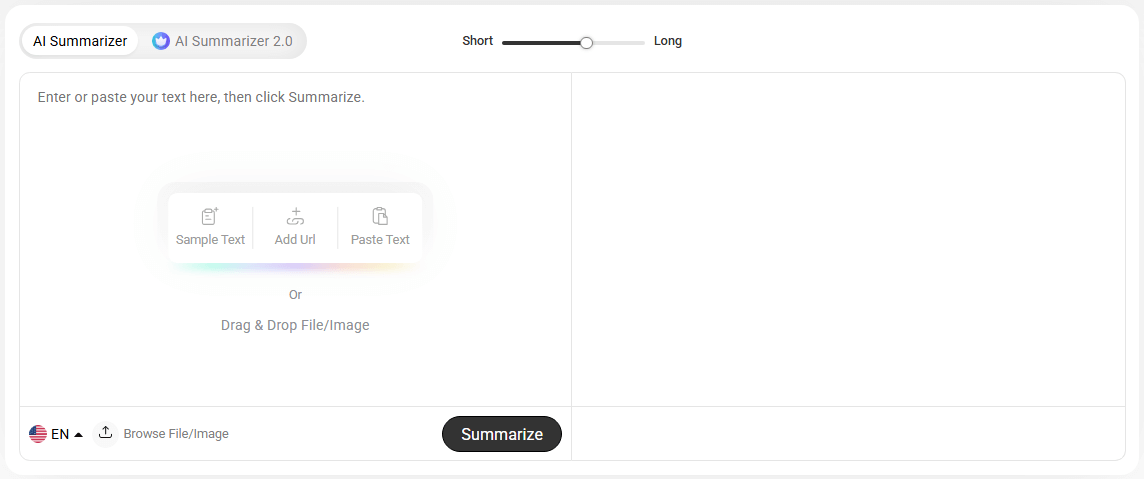
If you deal with writing of any type, then you might have heard the terms ‘paraphrasing’ and ‘summarizing.’ It doesn’t matter if you write academically, professionally, or for digital platforms. These terms are used in almost all of them.
But what do they mean? These terms are often used interchangeably. However, that is wrong. These are two processes that are completely different and have totally different goals. So, in this article, we will break down this difference.
In the coming sections, we will talk about these two terms side-by-side so you can clearly understand the differences. If you are already aware of these differences though, you can still give this piece a read because it will also talk about methods to use both of these techniques.
First, let’s define both the terms.
Paraphrasing means taking words and editing them in such a way that their meaning isn’t affected. For example, if the original sentence is:
The cat sat on the mat.
Then, its paraphrased version can be something like:
The mat was where the cat chose to sit.
Paraphrasing can be done in a single sentence and also on whole write-ups. It’s up to the writer.
(Paraphrasing: Definition, Types & Examples)
Summarizing means extracting the most vital points from a write-up and condensing that write-up into a shorter version. In simple words, it reduces a document to its most important points. A basic example of this is portrayed here:
Original: The sun was setting over the horizon, casting a warm, golden glow over the quiet town. Birds were chirping their evening songs, and a gentle breeze rustled the leaves of the trees. People were beginning to settle in for the night, turning on lights in their homes and preparing dinner. It was a peaceful and serene end to a busy day.
Summarized: As the sun set, the town grew peaceful, with birds singing and people settling in for the night.
Now, let’s see when you should use these techniques.
We have listed some case scenarios where using paraphrasing can be useful.
These are cases when you can implement paraphrasing.
(Complete Guide on How to Paraphrase)
Summarizing can also be used in multiple situations. Some of them are listed here:
These are general uses of summarizing. If you go into specific use cases, then this list would multiply greatly.
Now, we will show you how these two techniques are used.
Paraphrasing can be done in multiple ways. The most common ones are listed here:
To summarize, the process is listed below:
We have tried to cover the basic differences between the two techniques under discussion. We hope you got the gist of it. But there is something else that we need to discuss as well. Now, online tools and utilities are available to perform these tasks, and you don’t have to do them manually. These automated solutions are suitable for these fast-paced times. In the next section, let us show you how these tools work.
In the following, we will show you the working of one tool for both summarizing and paraphrasing. This will give you a comprehensive overview of the technology being used in this industry.
AI Paraphraser takes in textual information and rephrases it using different methods. During this process, the original idea of the text is preserved. To use such a tool, follow these steps:

In this way, you will get a paraphrased version of whatever you put in as the input.
For summarizing, the process is somewhat similar because online writing tools work more or less in the same way. However, here is a detailed demonstration of a summarizing tool for your convenience.

This simple process helps you summarize large texts into their condensed versions.
As we said before, these online tools allow writers to keep up with the fast-moving world of today. However, for further understanding, let’s look at some statistics that prove the importance of using these tools:
So, it is now safe to say that paraphrasing and summarizing are two completely different things. We hope you have gotten the distinction by now. Now, you can use both techniques when they are required and take your writing game to the next level.
We urge you to try to implement these practices in your writing regardless of the nature of your content. Techniques like these really uplift the quality of a piece and make it much more presentable.